Intro
Pregnancy is a remarkable and complex process that involves numerous physical, emotional, and lifestyle changes for expectant mothers. One of the most critical aspects of pregnancy is understanding its progression, which is typically divided into three trimesters. Each trimester is characterized by distinct developmental milestones, symptoms, and precautions that pregnant women should be aware of. In this article, we will delve into the specifics of the trimester-by-weeks breakdown, exploring what to expect during each phase of pregnancy.
As pregnancy advances, the fetus grows and develops rapidly, and the mother's body undergoes significant changes to support this growth. Understanding these changes and being prepared for what to expect can greatly alleviate anxiety and ensure a healthier pregnancy. Moreover, recognizing the importance of prenatal care, nutrition, and lifestyle adjustments during each trimester can positively impact both the mother's and the baby's health. Whether you're a first-time mother or have experienced pregnancy before, each trimester brings its unique set of experiences and challenges.
The division of pregnancy into trimesters provides a framework for understanding and managing the various stages of fetal development and maternal health. The first trimester, spanning from week 1 to week 12, is a period of rapid fetal growth and development, during which the foundation for all major organs and body systems is laid. The second trimester, from week 13 to week 26, is often referred to as the "golden period" of pregnancy, as the initial symptoms of the first trimester may subside, and the mother may feel more energetic and comfortable. The third trimester, from week 27 to birth, is a time of rapid fetal growth and preparation for childbirth, during which the mother's body undergoes significant changes to accommodate the growing fetus and prepare for labor.
First Trimester: Weeks 1-12
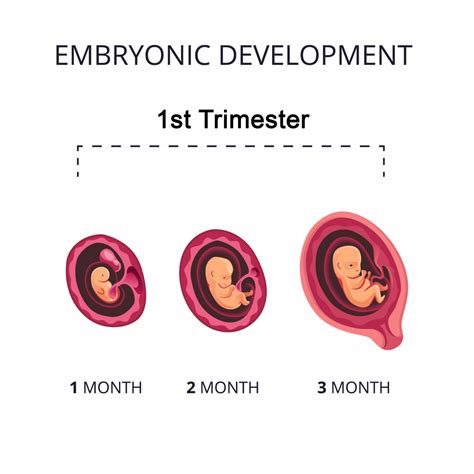
Key Developmental Milestones
- By week 5, the embryo's heart begins to beat. - Between weeks 6 and 7, the embryo's limbs, fingers, and toes start to form. - By week 8, the embryo is referred to as a fetus, and its major organs continue to develop. - By week 12, the fetus's skin starts to thicken, and fat layers form.Second Trimester: Weeks 13-26
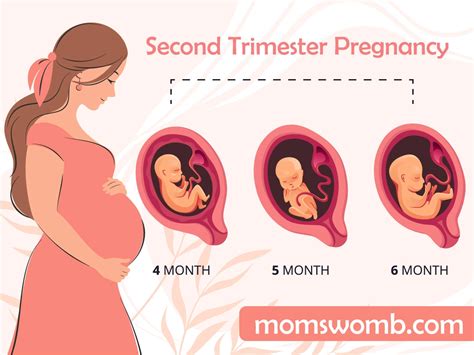
Prenatal Care and Screenings
- Ultrasound scans can provide detailed images of the fetus and help identify any potential issues. - Blood tests can screen for infections, anemia, and other health conditions. - The quad screen test assesses the risk of certain chromosomal abnormalities.Third Trimester: Weeks 27-40
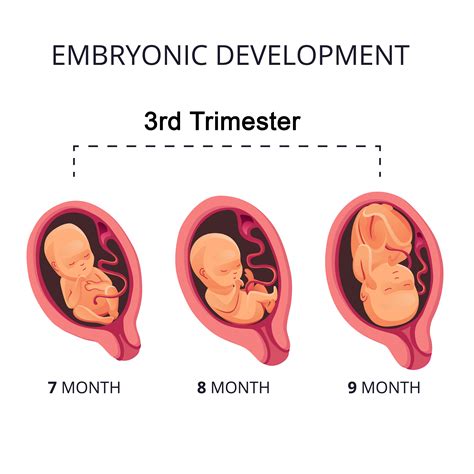
Preparation for Childbirth
- Attending childbirth education classes can help prepare expectant mothers for labor and parenthood. - Creating a birth plan outlines the mother's preferences for labor, delivery, and postpartum care. - Practicing breathing exercises and relaxation techniques can help manage pain and anxiety during labor.Prenatal Nutrition and Lifestyle
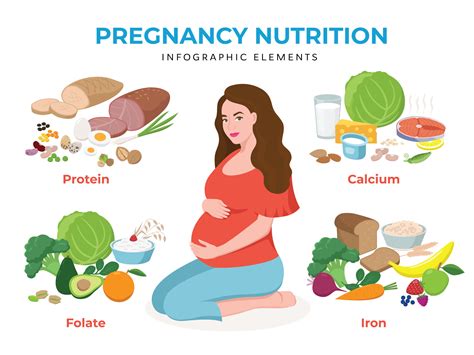
Nutritional Guidelines
- Increase calorie intake to support fetal growth and development. - Include foods rich in omega-3 fatty acids to support fetal brain development. - Limit caffeine intake and avoid undercooked or raw foods to minimize the risk of infection.Managing Pregnancy Symptoms
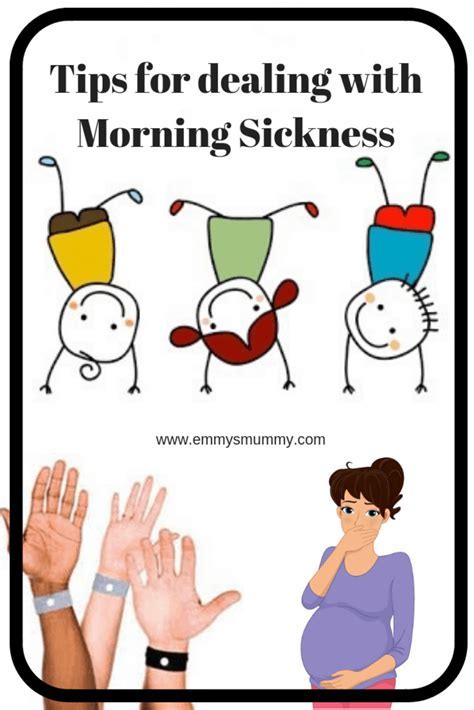
Symptom Relief Strategies
- For morning sickness, eating small, frequent meals and avoiding strong smells can help. - Back pain can be managed with physical therapy, warm baths, and proper lifting techniques. - Engaging in activities like yoga or meditation can help reduce stress and anxiety.Pregnancy Complications and Precautions
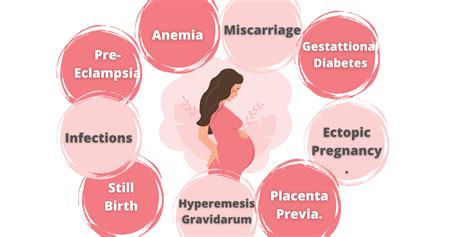
Recognizing Warning Signs
- Severe headache, vision changes, and extreme swelling can be signs of preeclampsia. - Vaginal bleeding, severe abdominal pain, and regular contractions before 37 weeks can indicate preterm labor. - Monitoring blood sugar levels and following a healthy diet can help manage gestational diabetes.Preparing for Parenthood

Emotional Preparation
- Attending parenting classes can provide valuable insights and skills. - Building a community of fellow parents can offer support and advice. - Preparing older siblings for the arrival of a new baby can help them adjust to the change.Conclusion and Next Steps

As you continue on your pregnancy journey, remember that each trimester brings its unique experiences and challenges. Staying connected with your healthcare provider, maintaining open communication with your support network, and prioritizing your health and well-being are essential for a happy and healthy pregnancy. We invite you to share your thoughts, questions, and experiences in the comments below, and we encourage you to explore additional resources and support networks as you prepare for the exciting journey of parenthood.
What are the key nutritional elements for a healthy pregnancy?
+Folic acid, iron, calcium, and protein are crucial for supporting the mother's health and the fetus's development during pregnancy.
How can I manage morning sickness during the first trimester?
+Eating small, frequent meals, avoiding strong smells, and staying hydrated can help alleviate morning sickness symptoms.
What are some common complications that can occur during pregnancy?
+Gestational diabetes, preeclampsia, and preterm labor are potential complications that can arise during pregnancy. Regular prenatal care and a healthy lifestyle can help minimize these risks.
